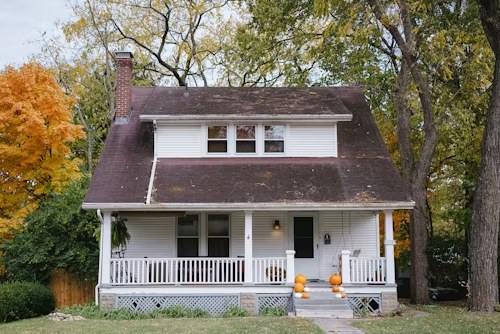Unlock the Door to Financial Freedom with VA Loans
Welcome Veterans! At Wallet Wingman, we understand that serving your country took courage, commitment, and sacrifice. Now, we want to help you take command of your financial future using one of the most powerful tools at your disposal—the VA loan benefit. Discover the power of your entitlements with our comprehensive guide to VA home loans. At Wallet Wingman, we’re dedicated to helping you leverage one of your most significant benefits as a veteran—the VA loan—to secure your piece of the American dream.

Your Service Deserves Reward
Homeownership is a cornerstone of the American dream, and as a veteran, you have earned access to benefits that can make this dream a reality with less financial strain. VA loans are designed not just as a thank you for your service, but as a stepping stone to financial stability and success.
Whether you’re buying your first home, upgrading to a new one, or refinancing your current home, VA home loans offer remarkable benefits that can dramatically reduce your expenses and boost your financial health:
No Down Payment Required: Jump into homeownership without the burden of saving for a large down payment.
No Private Mortgage Insurance: Keep your monthly payments lower by avoiding PMI.
Competitive Interest Rates: Benefit from lower rates, designed to make your loan more affordable.
Forgiving Credit Requirements: Your financial past won’t hold you back from securing your future.

What Exactly is a VA Loan?
A VA loan is more than just a route to homeownership, it’s a flexible, government-backed benefit exclusively designed for veterans, active-duty service members, and certain members of the National Guard and Reserves. Unlike conventional loans, a VA home loan offers unique advantages, making it easier for you to buy or refinance a home.
Who Qualifies for a VA Loan?
Eligibility for a VA home loan is based on your service duration, duty status, and character of service. This benefit is tailored for:
- – Veterans
- – Active-duty service personnel
- – Members of the National Guard & Reserves
- – Some surviving spouses of deceased veterans
How to Use Your VA Loan
Here’s how you can use your VA home loan to buy your next home:
Certificate of Eligibility (COE):
Start by obtaining your COE through the VA, proving to lenders that you qualify for the benefit.
Choose the Right Lender:
Not all lenders have expertise in VA loans; select one that understands the nuances of veteran home loans.
Find Your Home:
Work with a realtor who knows the ins and outs of VA loans to find a property that meets your needs and VA loan specifications.
Apply for the Loan:
Complete the application with your lender, who will guide you through the process, from pre-approval to closing
Ready to Make Your Benefits Work for You?
Whether you’re buying your first home, moving, or refinancing, VA loans offer a pathway to homeownership with unprecedented benefits for those who’ve served our country. Dive deeper into your options and start your journey home with Wallet Wingman’s expert insights and support.
Explore more about how you can maximize this benefit on our detailed VA Loans Guide.


